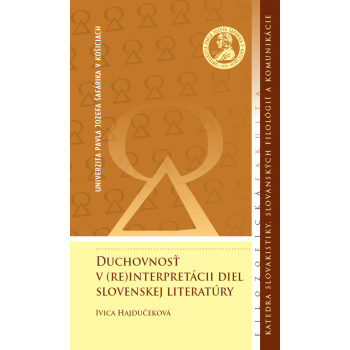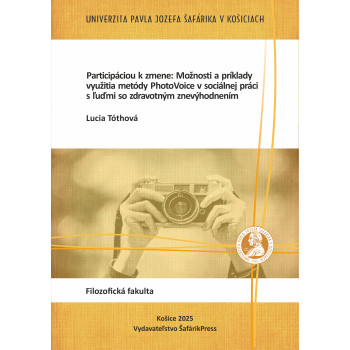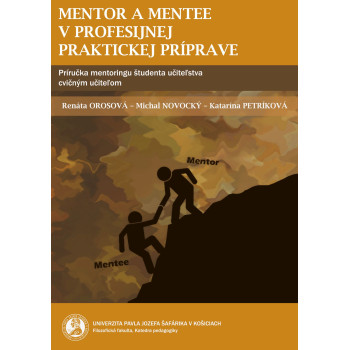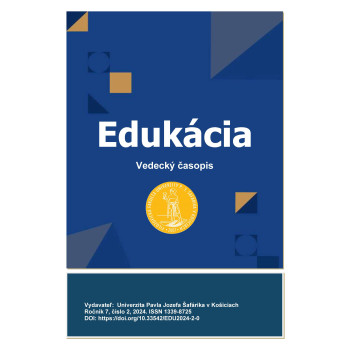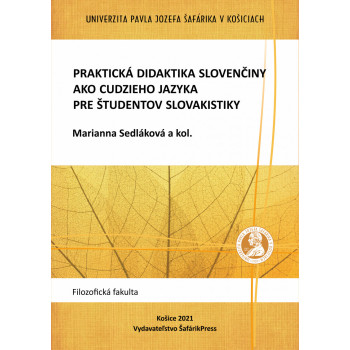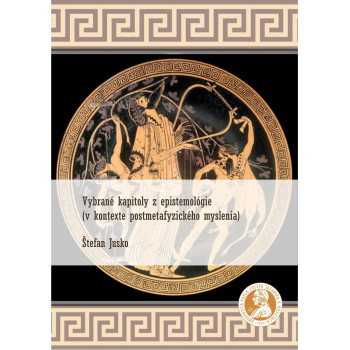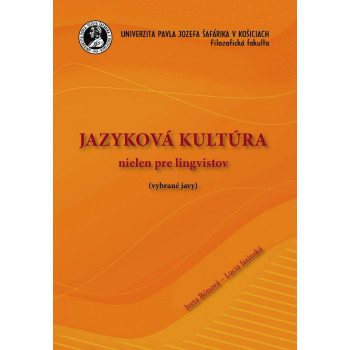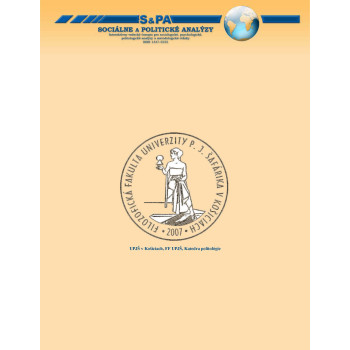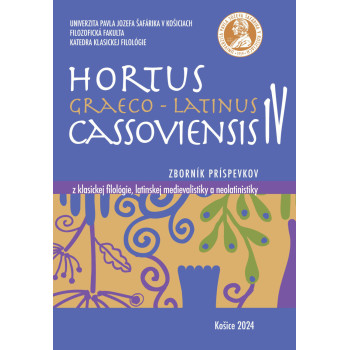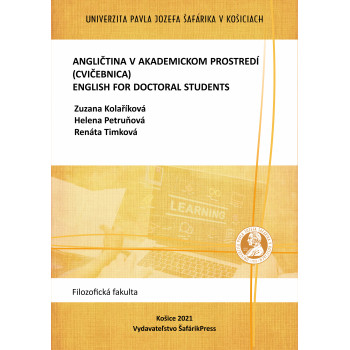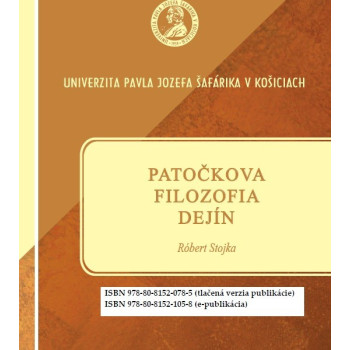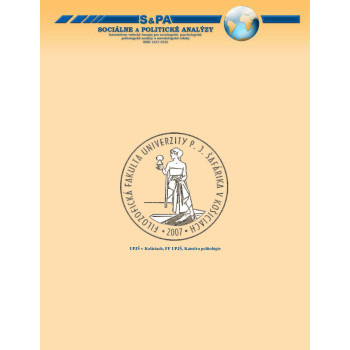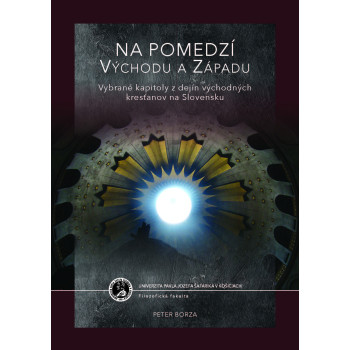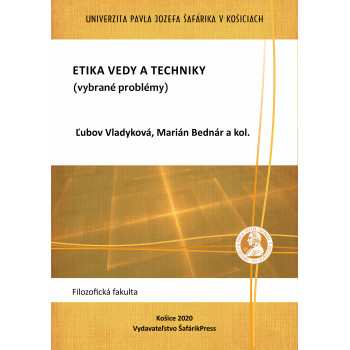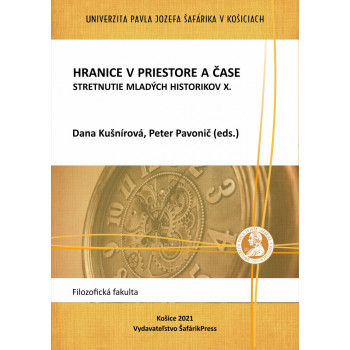
Duchovnosť v (re)interpretácii diel slovenskej...
E-book
The collection of studies included in the monographic publication Spirituality in the (Re)interpretation of Works of Slovak Literature was created and matured gradually, over the course of more than ten years (2003–2015).
Some of the studies were part of the defended dissertation Compositional and Semantic Specifics of Slovak Interwar Prose (Prešov 2005), others originated within scientific research (grant) projects, but all were refined against the background of specifying selected methodological approaches. The studies were gradually published in academic journals and scientific anthologies both in Slovakia and abroad (precise details are provided in the footnotes as well as in the editorial note).
In the monograph, they are arranged according to the period of their creation, not publication, in order to preserve the genesis of the author’s scientific research profile. Their arrangement also secondarily respects the analytical-interpretative intersections into the poetics of specific texts. This is why the works on Slovak interwar literature are presented first, followed by those focused on the works of Slovak realists.



